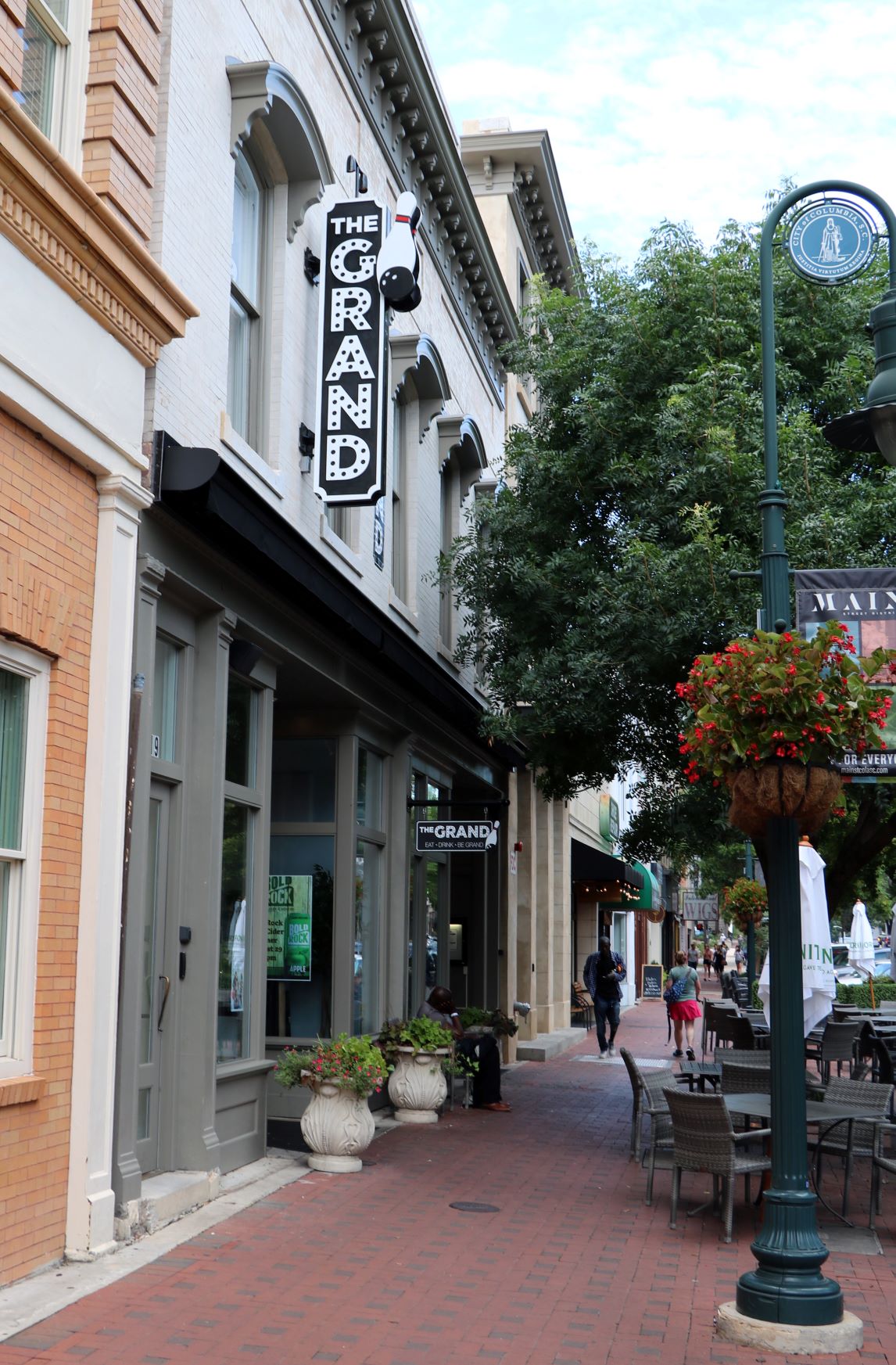The following article is part of a series about economic development tools and how to use them.
Rehabilitating a historic building as part of a development project can pose a higher investment risk, but tax credits can take a project with marginal cash flow projections and turn it into a more attractive venture.
The federal Historic Rehabilitation Tax Credit can be used for these kind of projects, which equals 20% of eligible expenses, excluding the cost of purchasing the land and the building. Corporate investors can obtain these credits by buying an equity interest in the entity that owns the building. Typically, these credits are allocated to the owners in accordance with their allocation of profits.

Redevelopment of the Robinson and Marks buildings in Columbia took
advantage of the federal Historic Rehabilitation Tax Credit.
Credit amount available
If a project is approved, the taxpayer receives a credit equal to 20% of income tax, based on the qualified eligible expenses undertaken during a 24-month measurement period.
The credit is claimed in equal amounts over a five-year period, beginning with the year that the property is placed in service. Any unused credit may be carried forward for the next five years. How the credit is distributed will vary based on how the business entity is legally structured.
Meeting eligibility requirements
To be eligible for the credit, the property must be either listed on the National Register of Historic Places or otherwise must contribute to a National Register historic district. Properties on the National Register can be found online.
The project cannot be an enlargement of the existing structure. The property must also be used for income producing purposes, cannot be tax-exempt, and the rehabilitation investment must be greater than the adjusted basis of the building.
The adjusted basis is the net cost of the building after adjusting for various tax-related items and is calculated based on the length of ownership. In the case of newly acquired properties, the adjusted basis is the purchase price of the property, subtracted by the value of the land. In cases of properties held by owners or investors, the adjusted basis is determined by adding together the purchase price of the property and any capital improvements, then deducting the value of the land and depreciation.
Claiming the credit requires the taxpayer to complete a historic preservation certification application available through the National Park Service's website.
In South Carolina, developers who successfully complete the application process for the federal tax credit automatically qualify for a 10% state income tax credit. For cases of a certified historic structure having less than $1 million in qualified expenses, that 10% can increase to a 25% tax credit.
A five-year recapture period applies for the credits, in which the investor must keep its interest in the project. After that period expires, the developer or general partner usually has the option to purchase the investor's interest for a fraction of the investor's initial investment.
The benefits of using historic tax credits extend beyond the developer. The entire city or town can benefit from the preservation of a historic building for several reasons — a significant increase of the property's market value, the economic stimulus of newly created jobs and businesses, and even the public perception benefits of transforming a blighted property into an asset.
